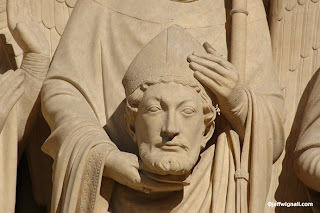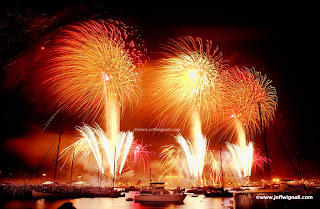 Weeding the garden might not seem to be a particularly photogenic activity, but if you're a gardener it's an important (and all too real) part of life and often we ignore documenting those mundane chores in favor of photographing more glamorous activities. But in terms of building a well-rounded family album, it's those everyday moments that probably create some of the nicest memories. After all, you probably spend more time with your family doing chores around the house and yard than anywhere else.
Weeding the garden might not seem to be a particularly photogenic activity, but if you're a gardener it's an important (and all too real) part of life and often we ignore documenting those mundane chores in favor of photographing more glamorous activities. But in terms of building a well-rounded family album, it's those everyday moments that probably create some of the nicest memories. After all, you probably spend more time with your family doing chores around the house and yard than anywhere else.A few years after my father passed away I was going through some boxes of old photos and I came across one of him cooking dinner and I was just thrilled. There he was, just living life and cooking for the family as he so often did. You can't go back in time and photograph those moments because once they're gone they're gone. But when you unexpectedly discover a shot like that, it's like finding a rare old gold coin that you didn't know you had. Considering the fact that he was also a professional photographer, there is a surprising dearth of snapshots taken around the house, so whenever I find a shot like that I am ecstatic. It's those little moments that fade fastest into history and photos of them really bring the past back sweetly.
These days I keep a camera with me around the house and in the yard almost all of the time. In fact, one of my point and shoots lives on the kitchen counter (and thankfully the cats haven't turned it into a toy yet) and I shoot pictures of the silliest things: the veggies I've just picked in the garden, that cats sitting on the porch watching the birds (so far no litter box photos, but I'm sure they're coming), fading flowers in vases on the kitchen counter and even just the mess of books that clutter up my desk all of the time.
Today there are a lot of people involved in "picture of the day" groups in photo-sharing communities. These folks shoot a photo every single day, without fail, even if they can't think of anything to shoot. They shoot their dinner on the plate, the laundry piled up by the hamper, the kids watching TV and anything else that crosses their path in their daily lives. I think this is a fantastic idea. Photographs of beautiful sunsets and pretty scenics are great (they're partly why I got into photography), but it's the photos you take of your spouse or kids out in the garden, covered with dirt and working with a smile on their face that will warm your spirit those winter nights when you're updating the family album.





























